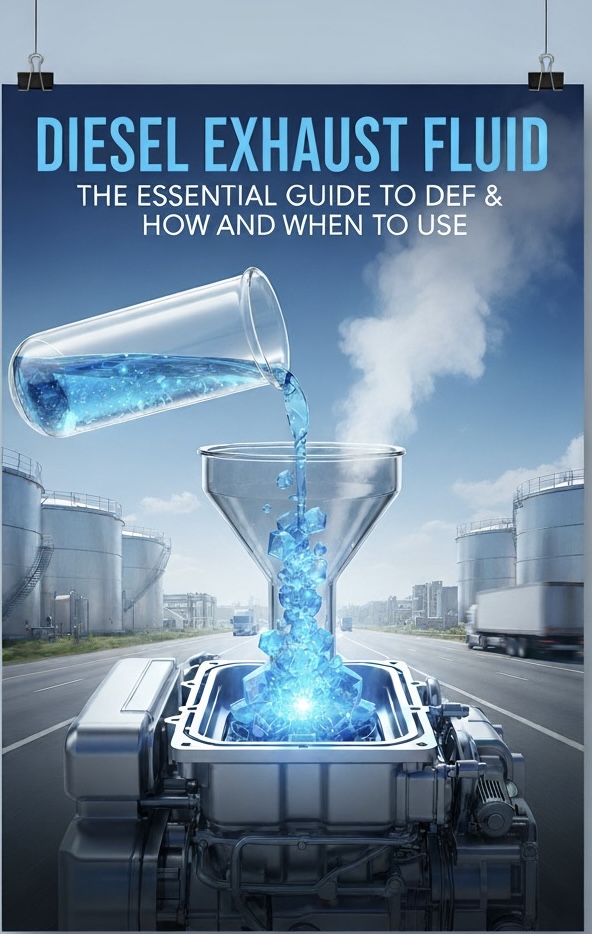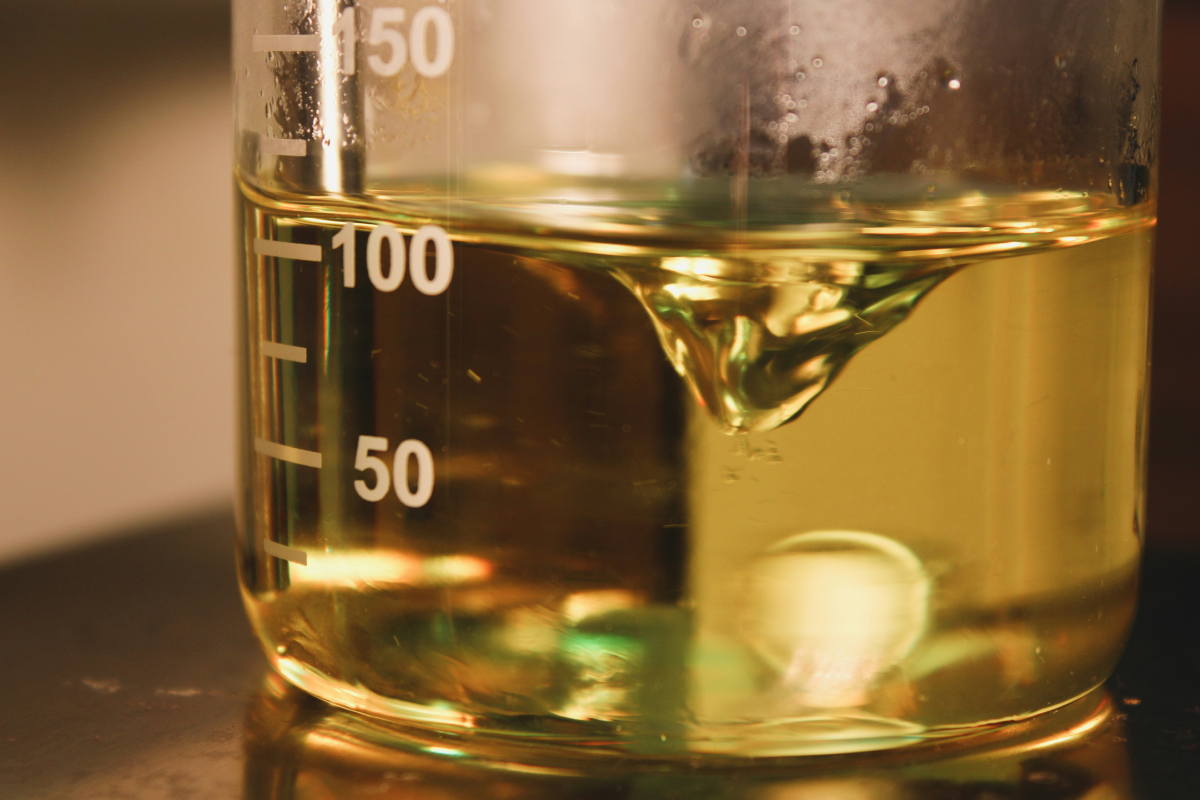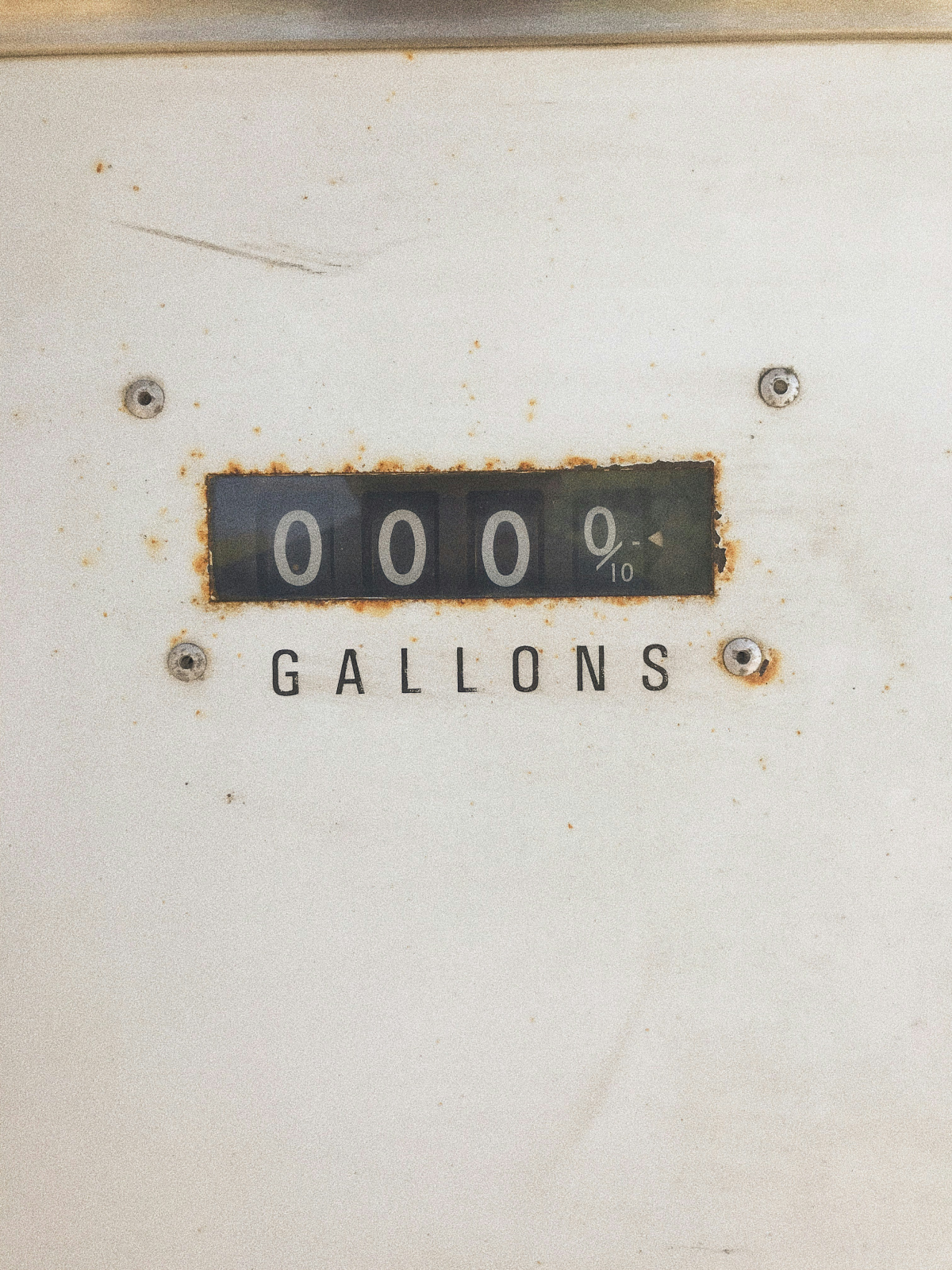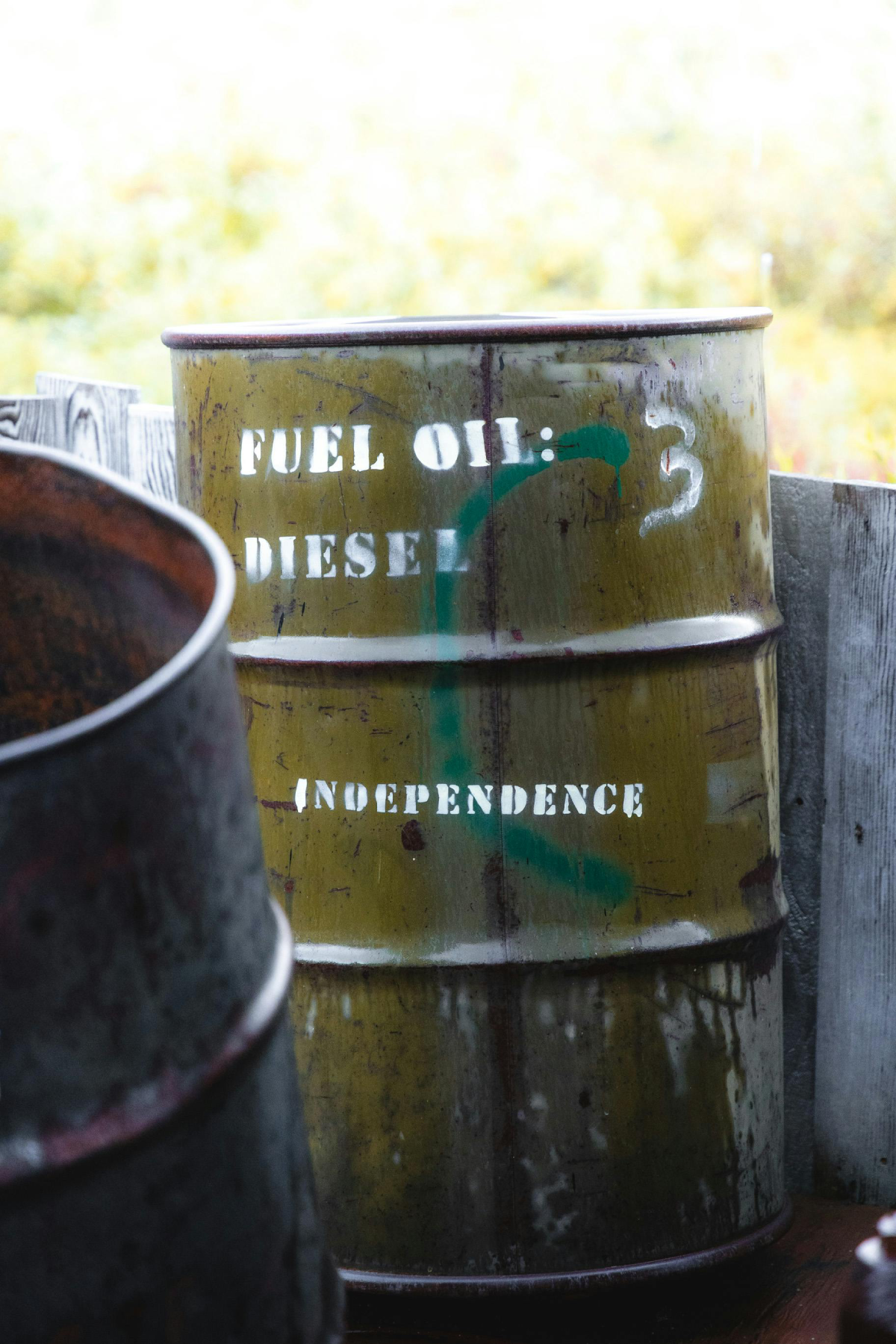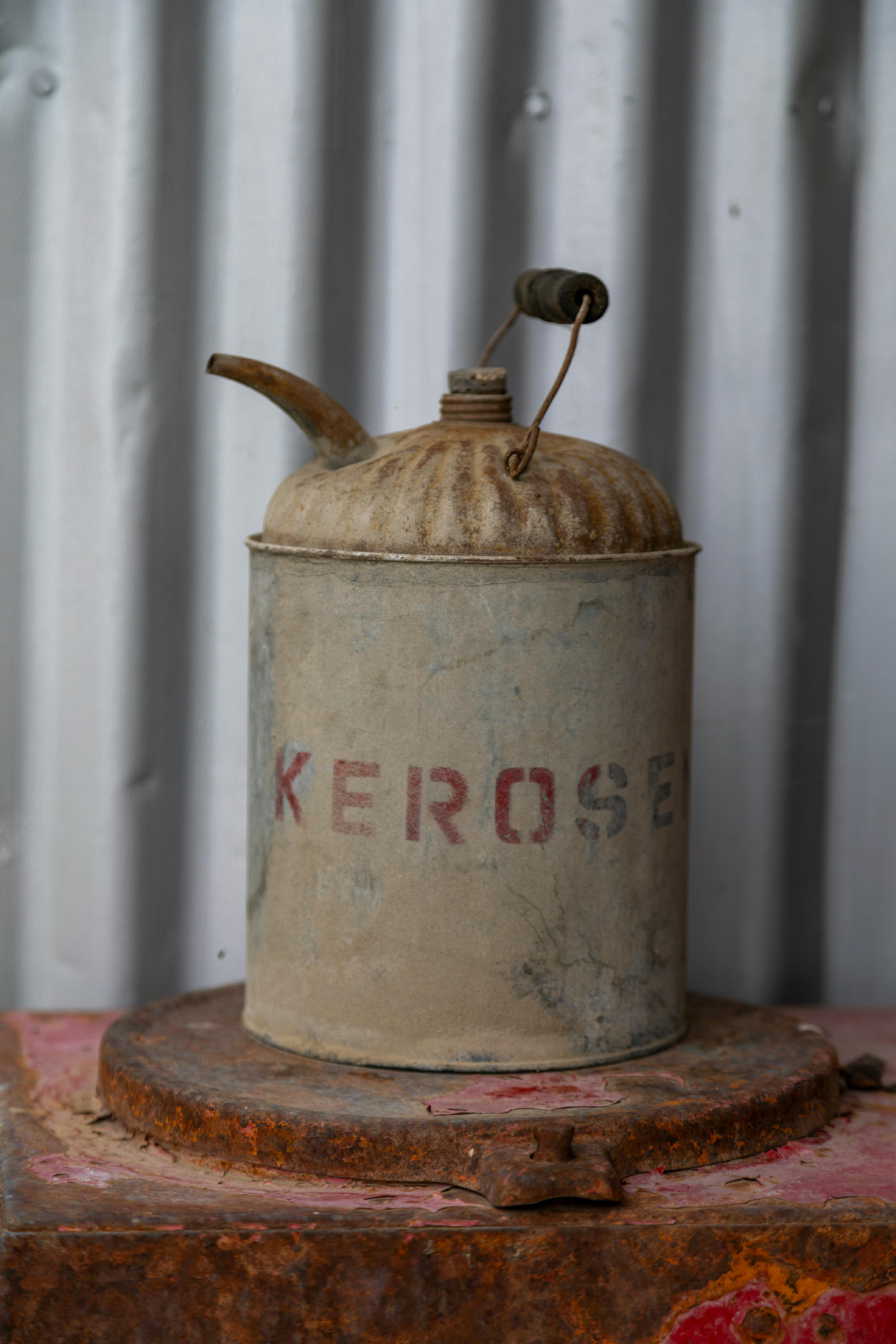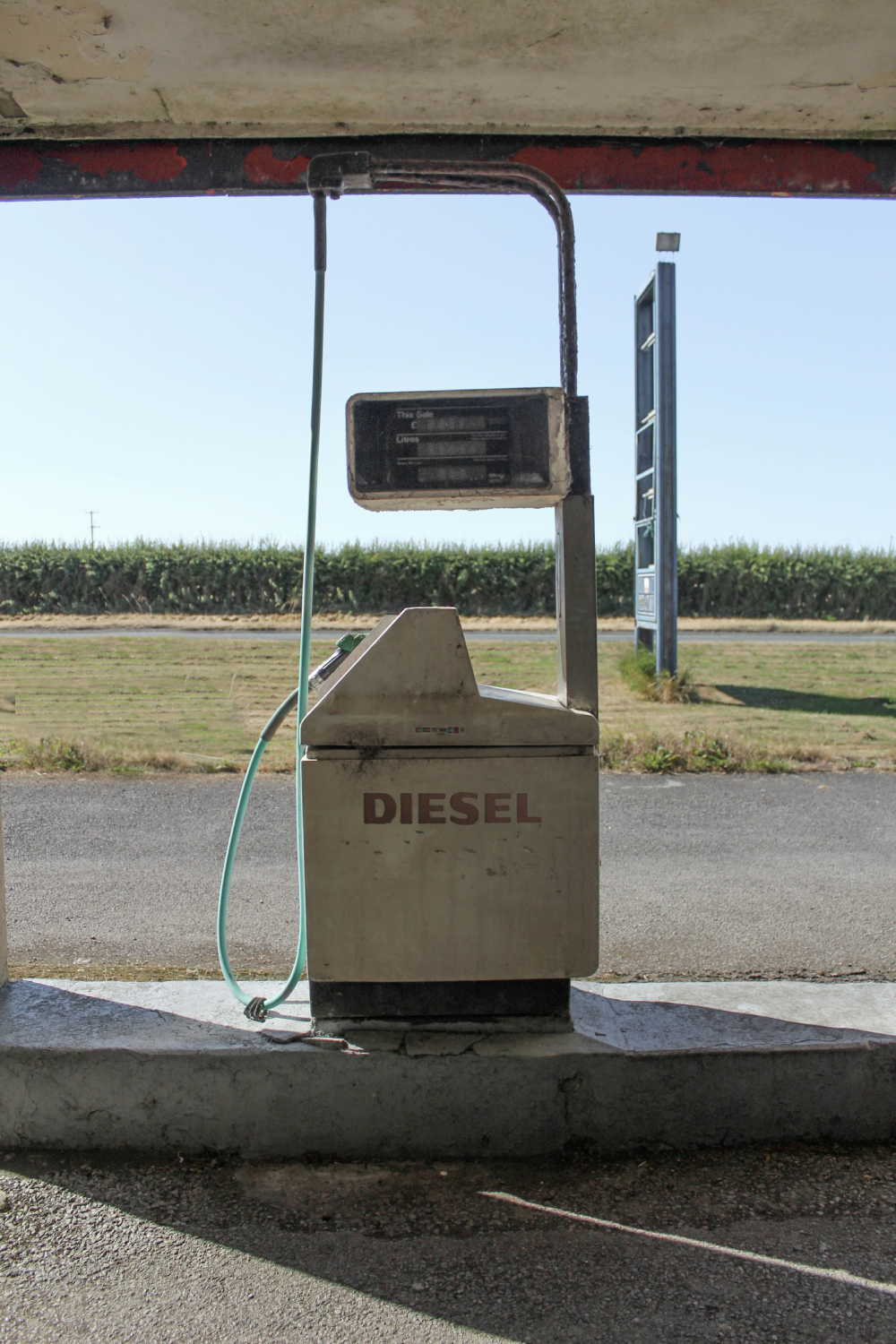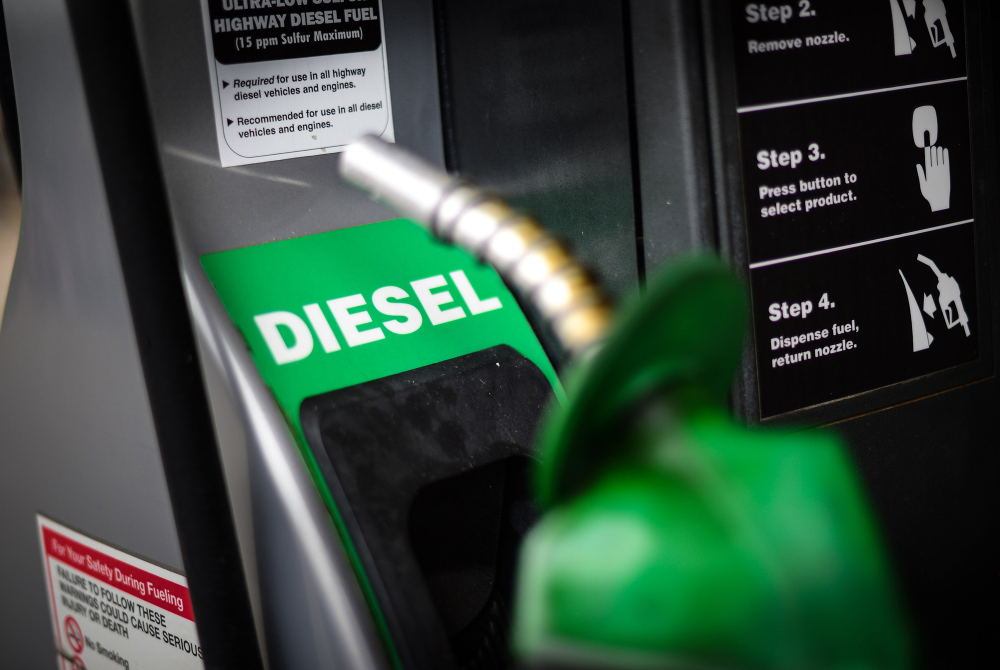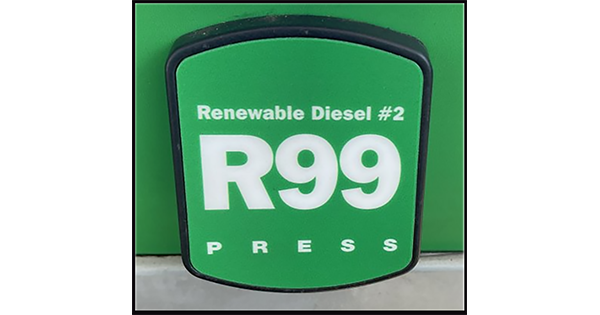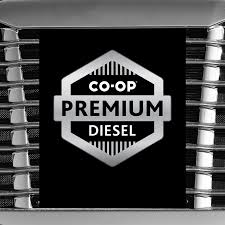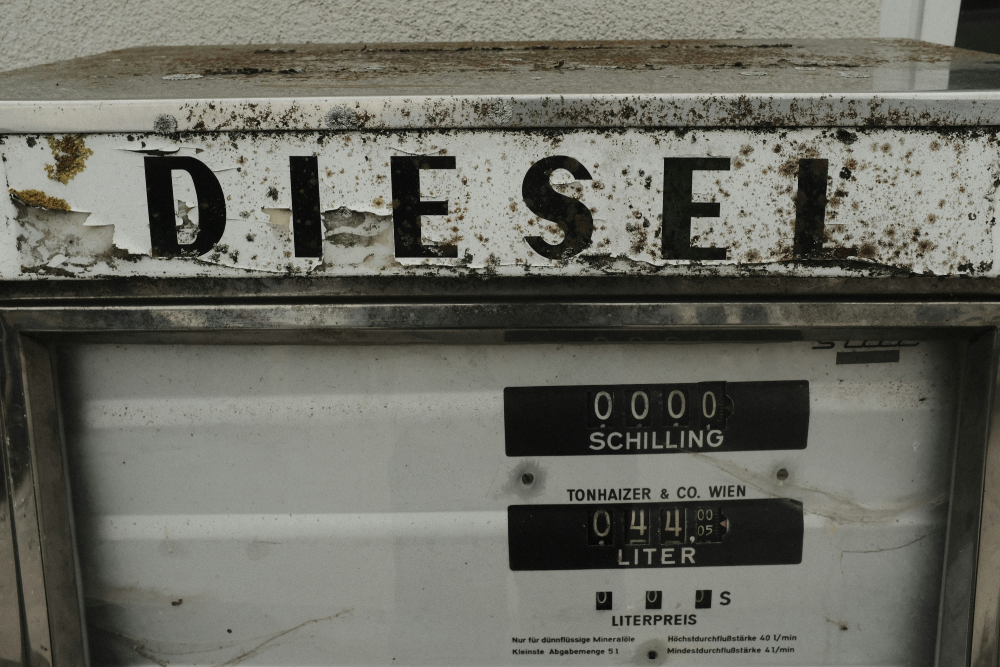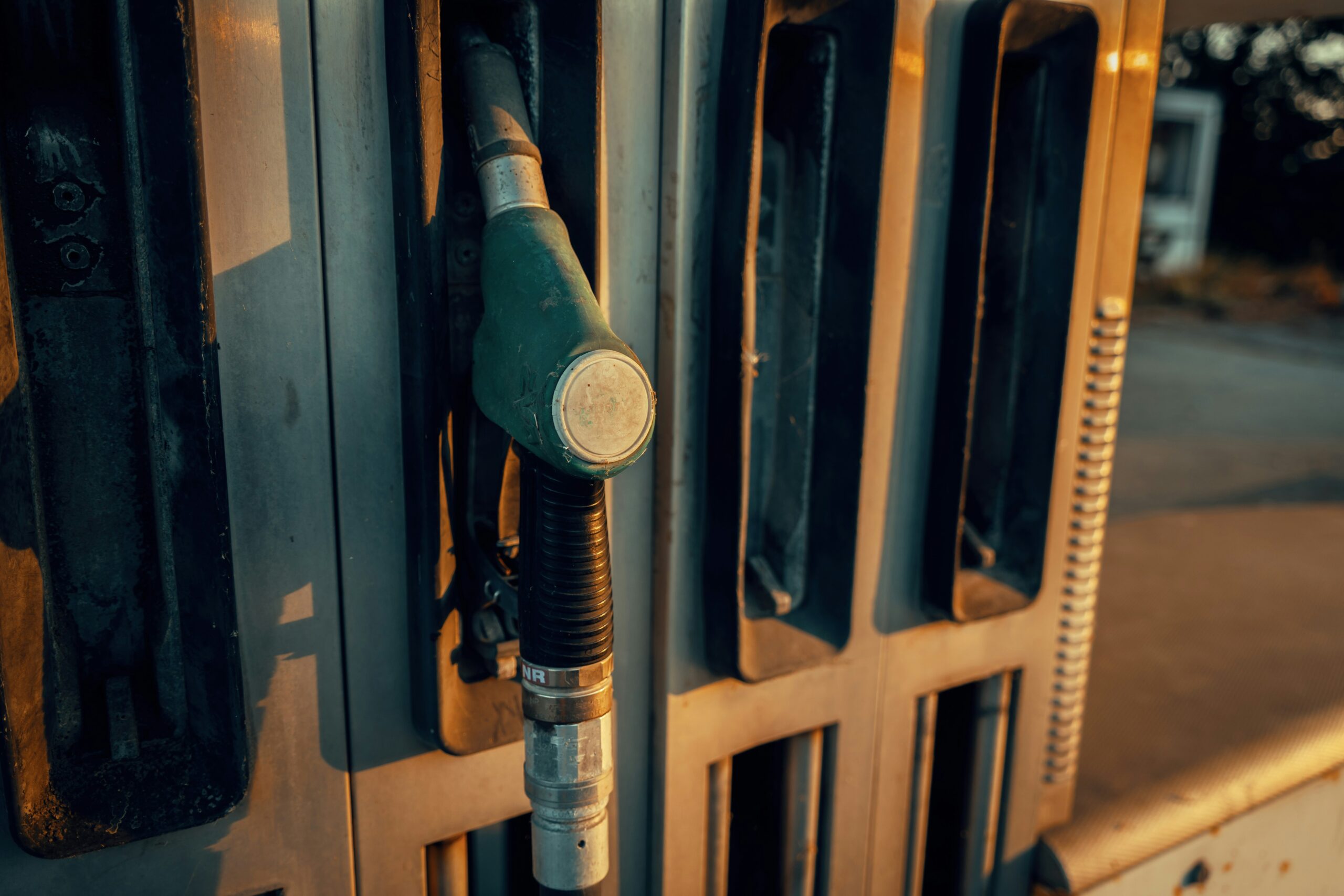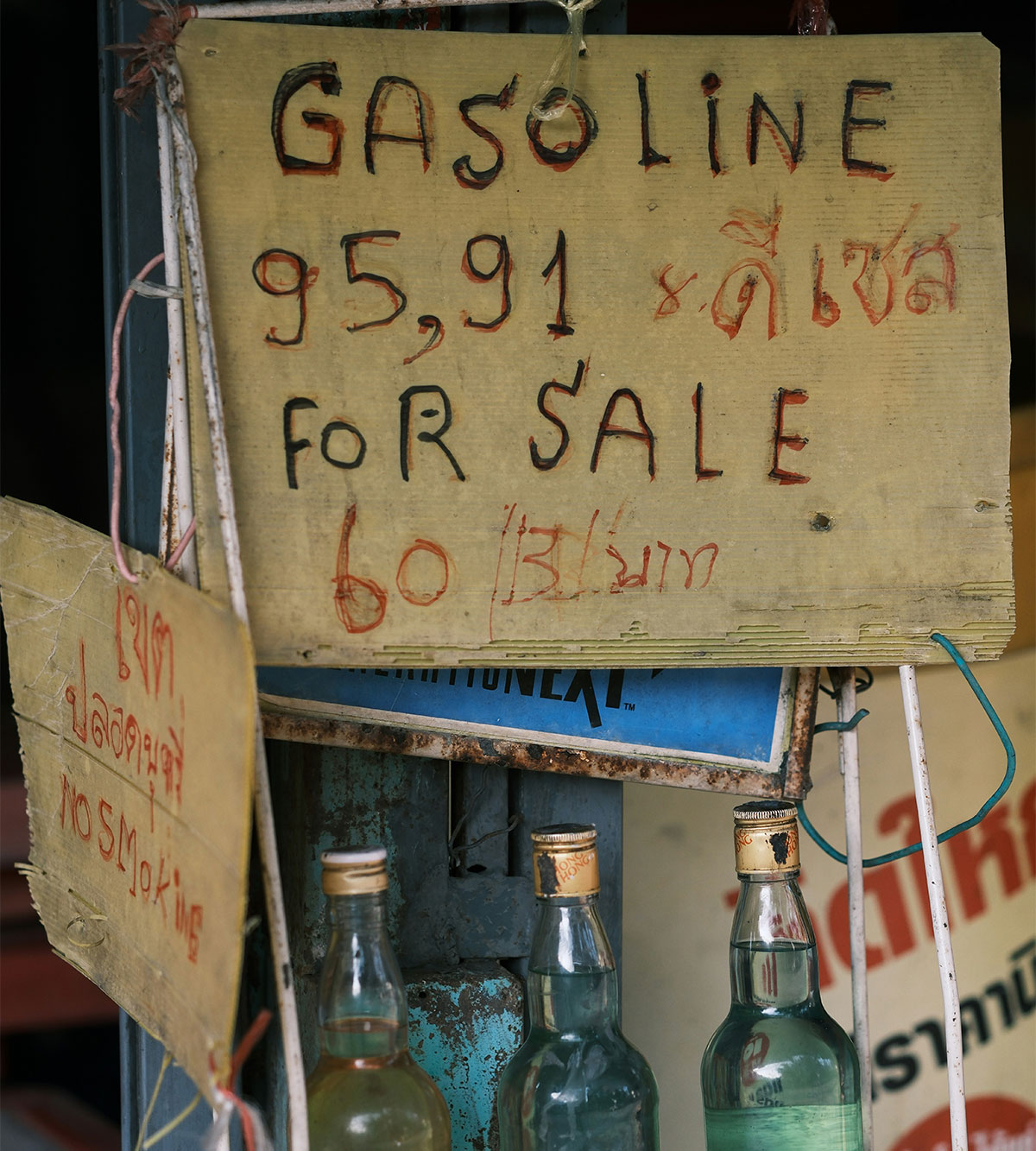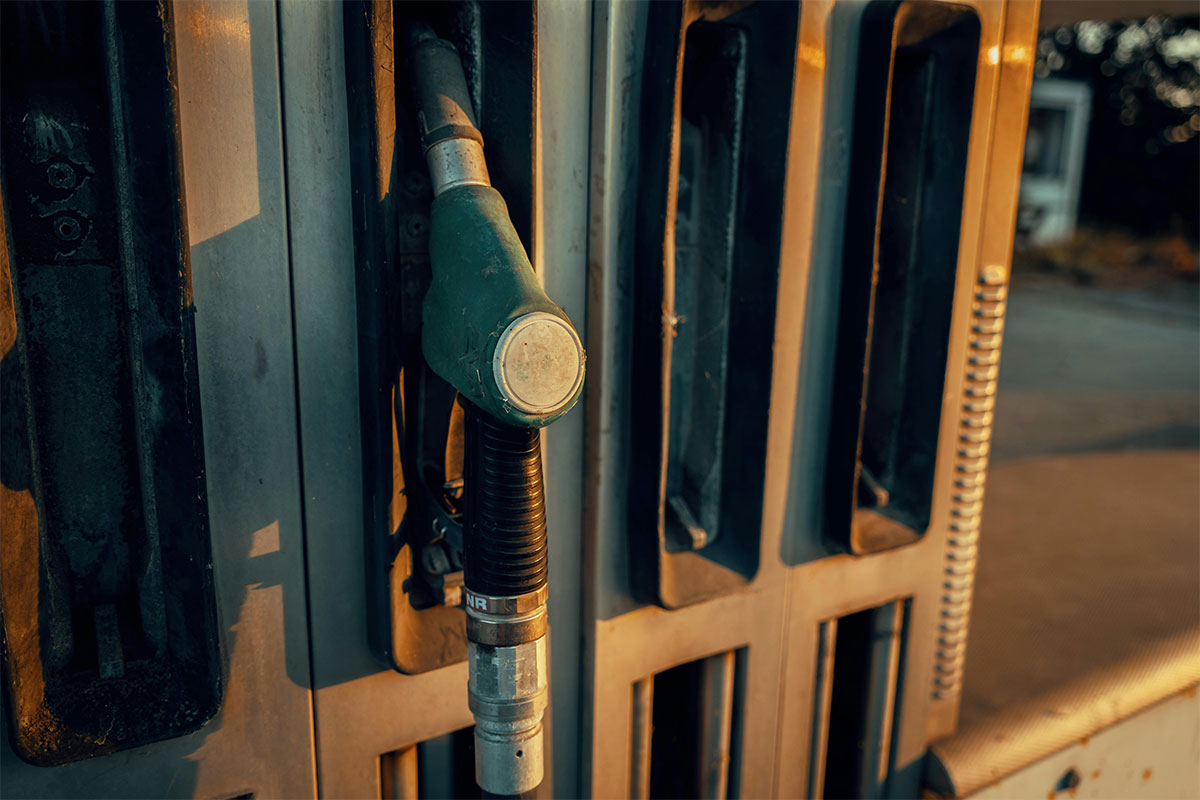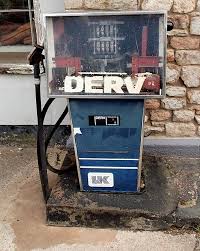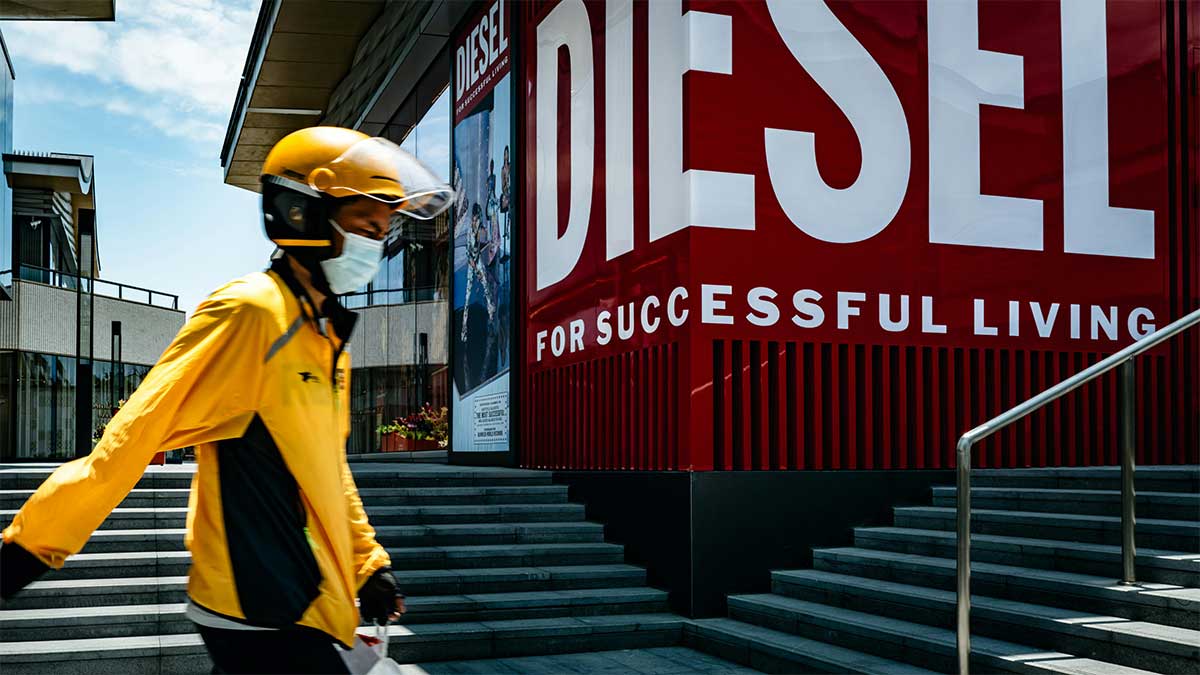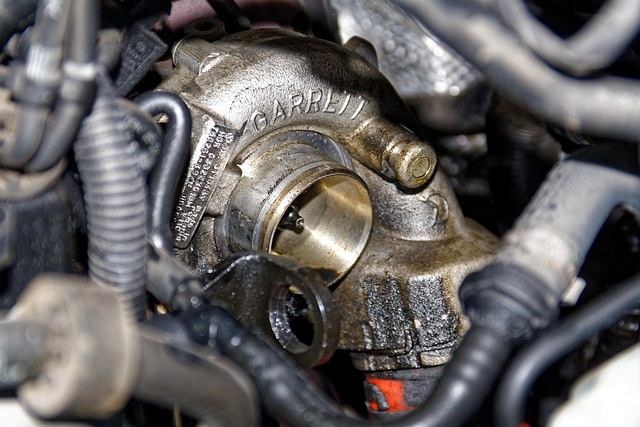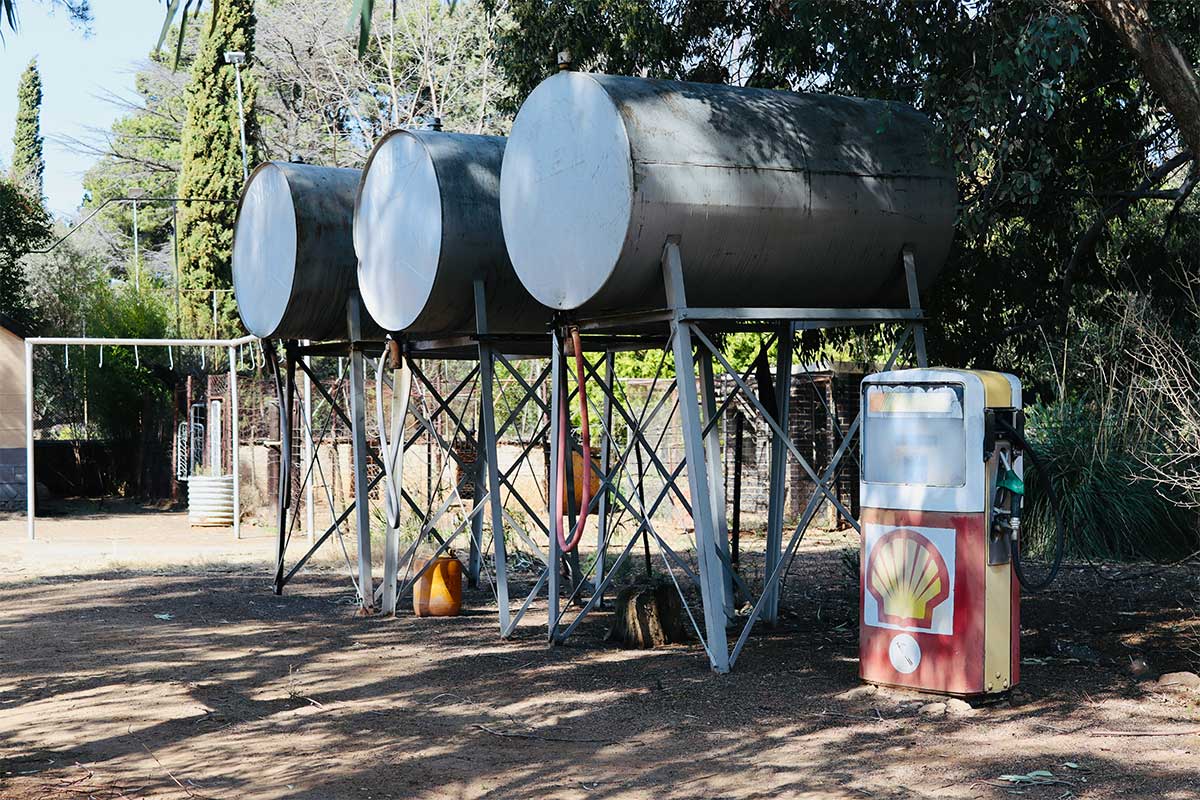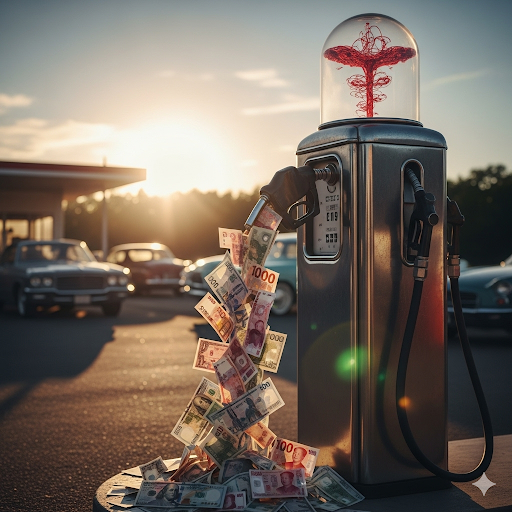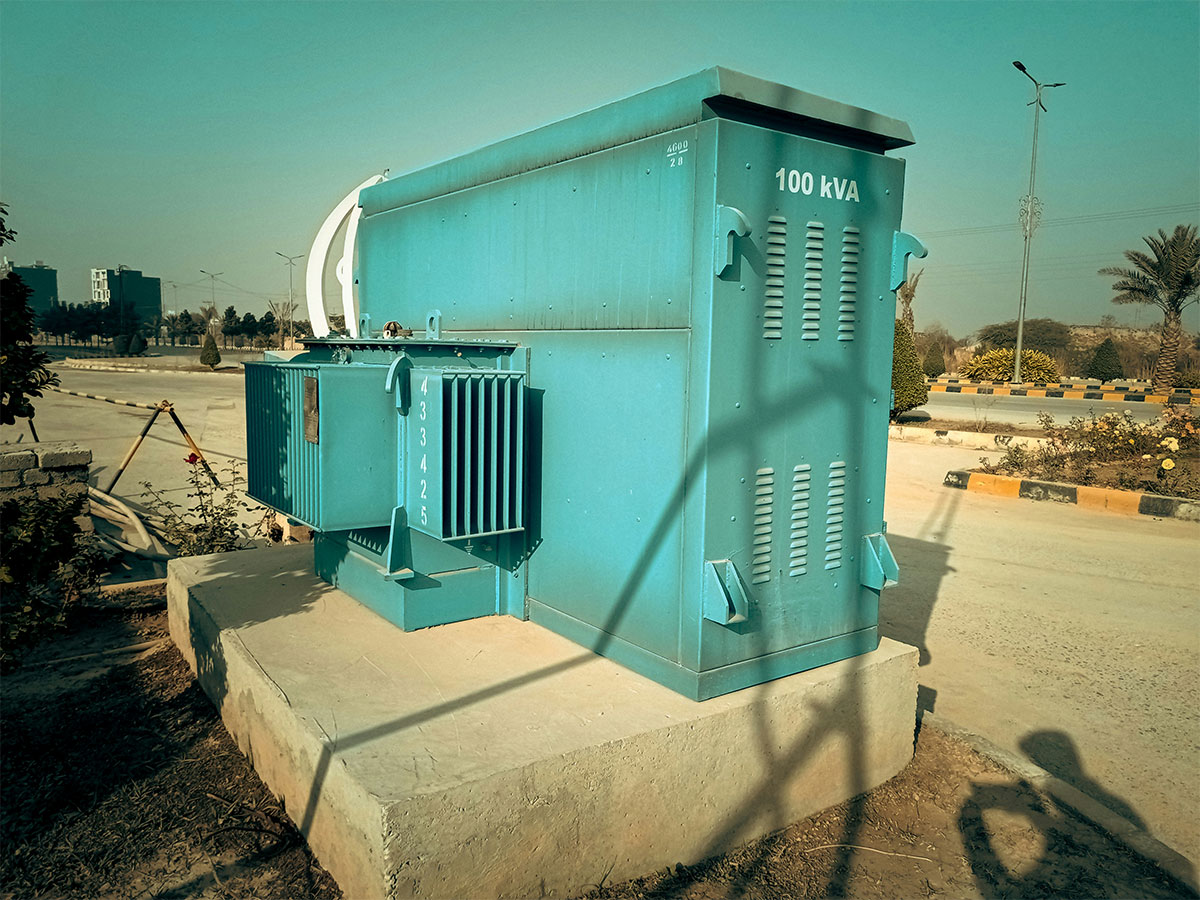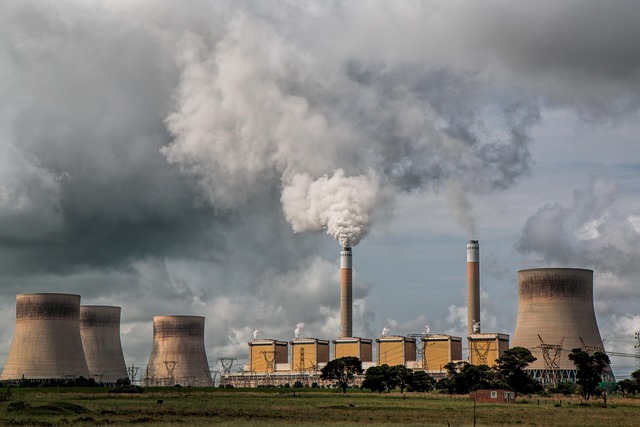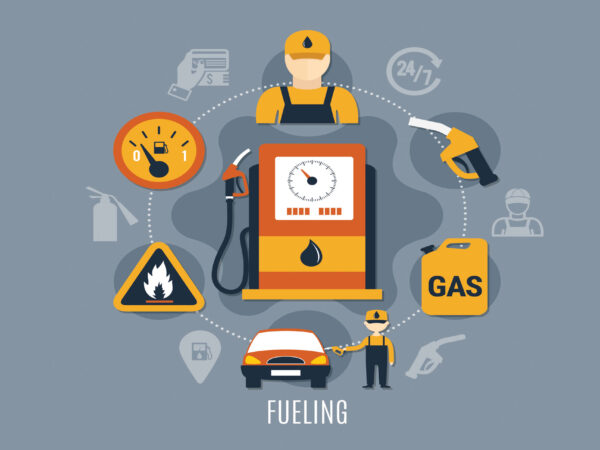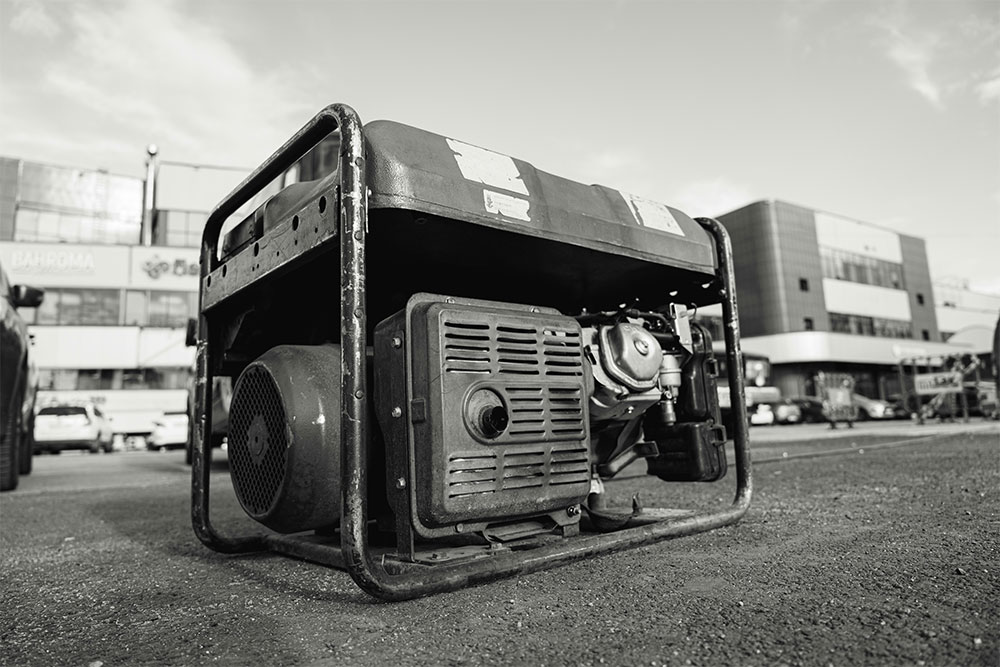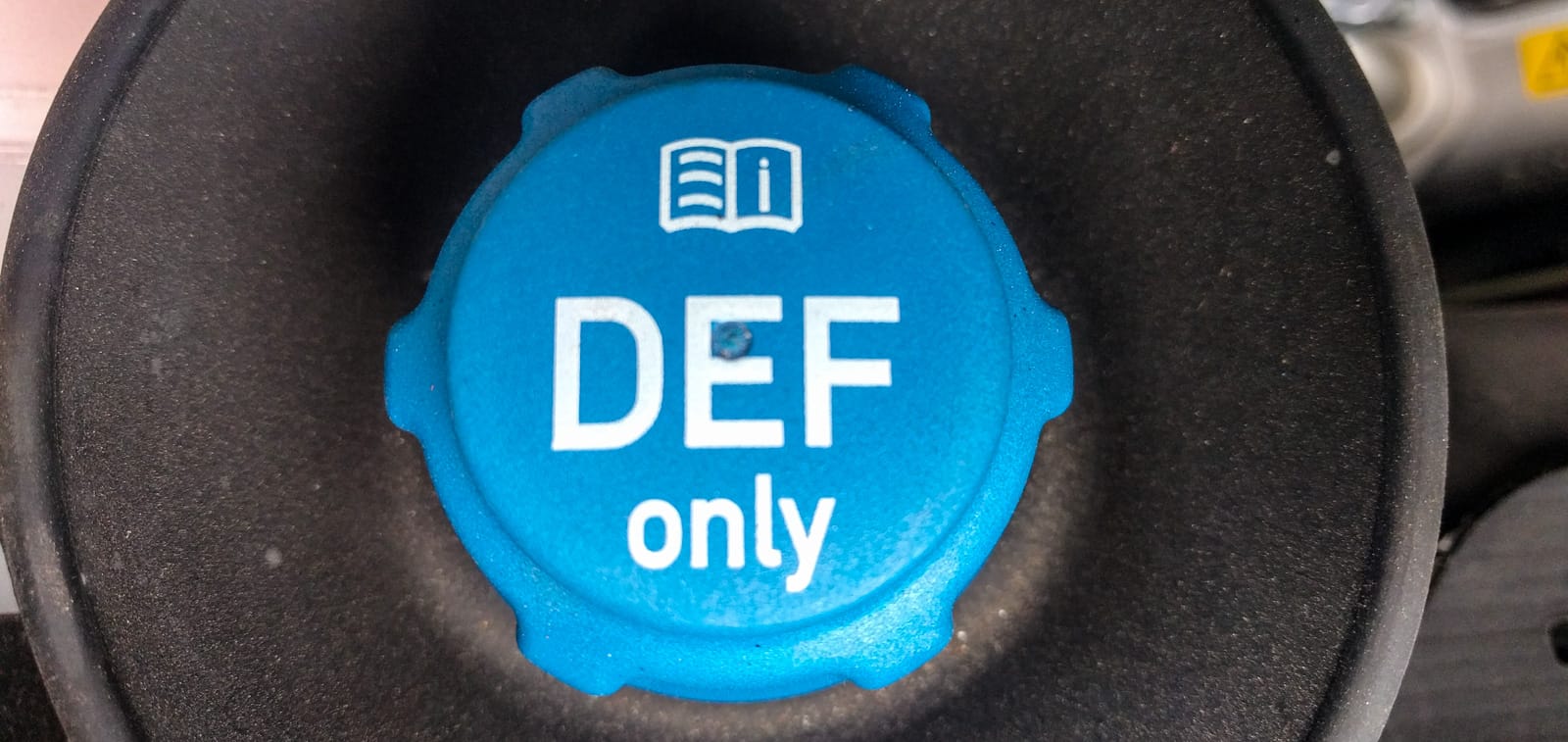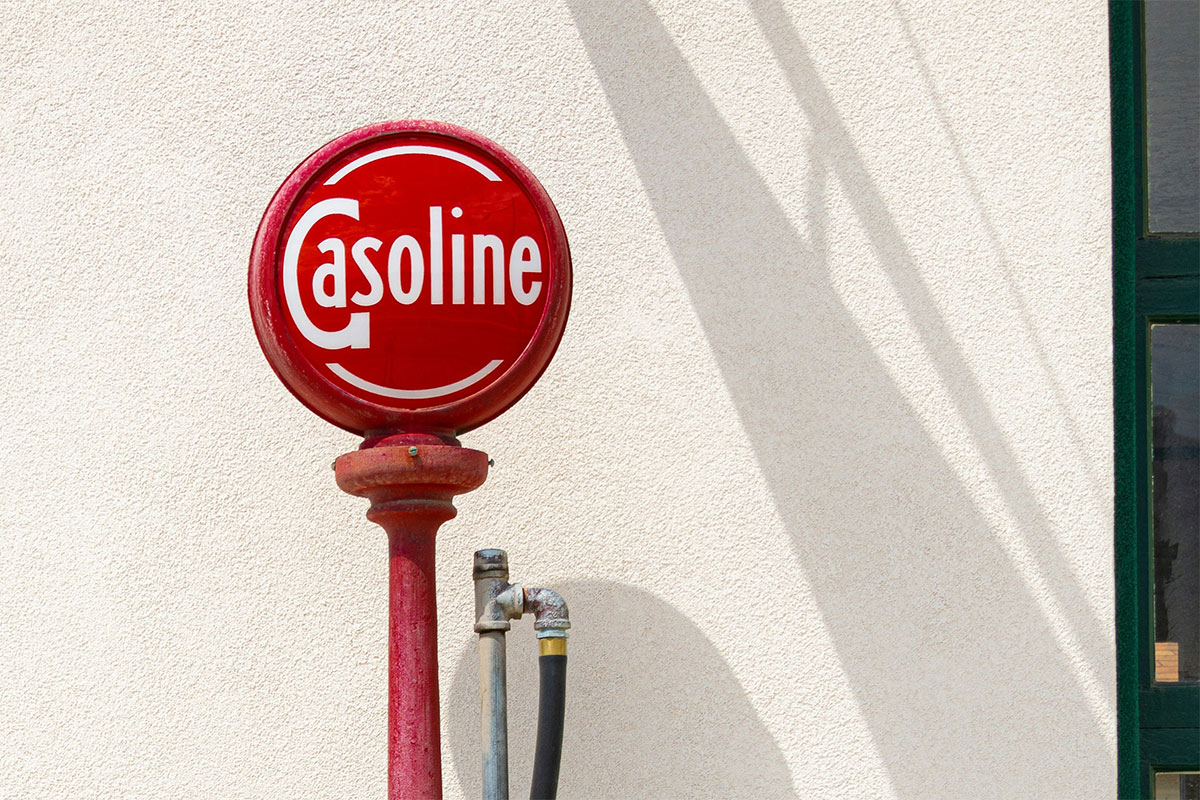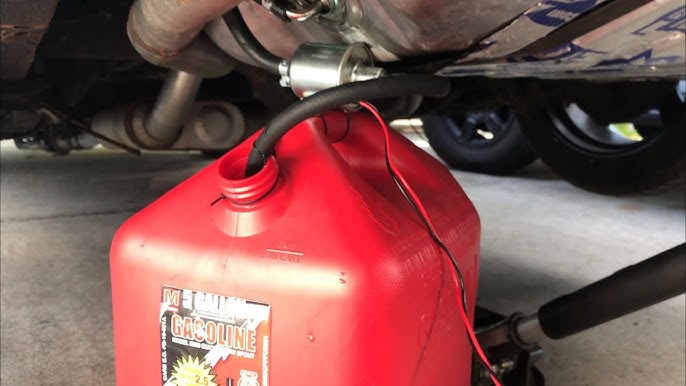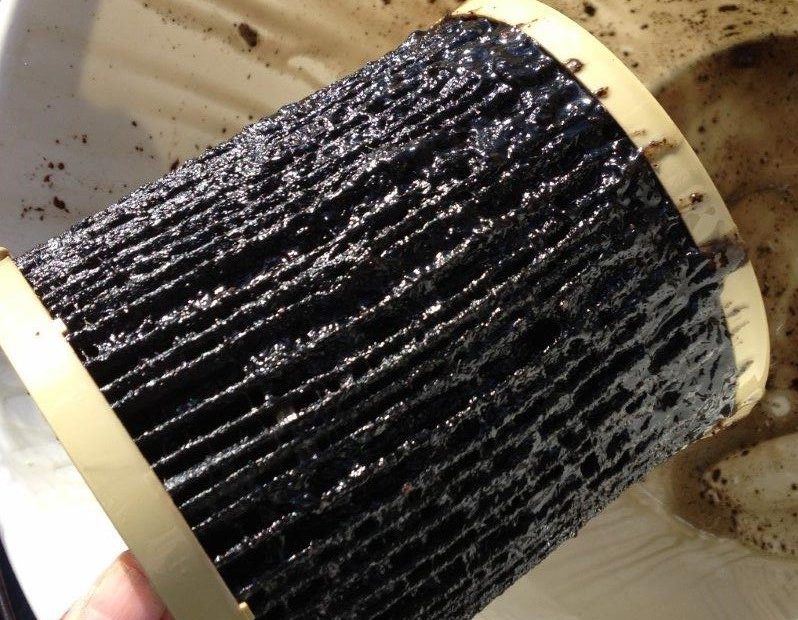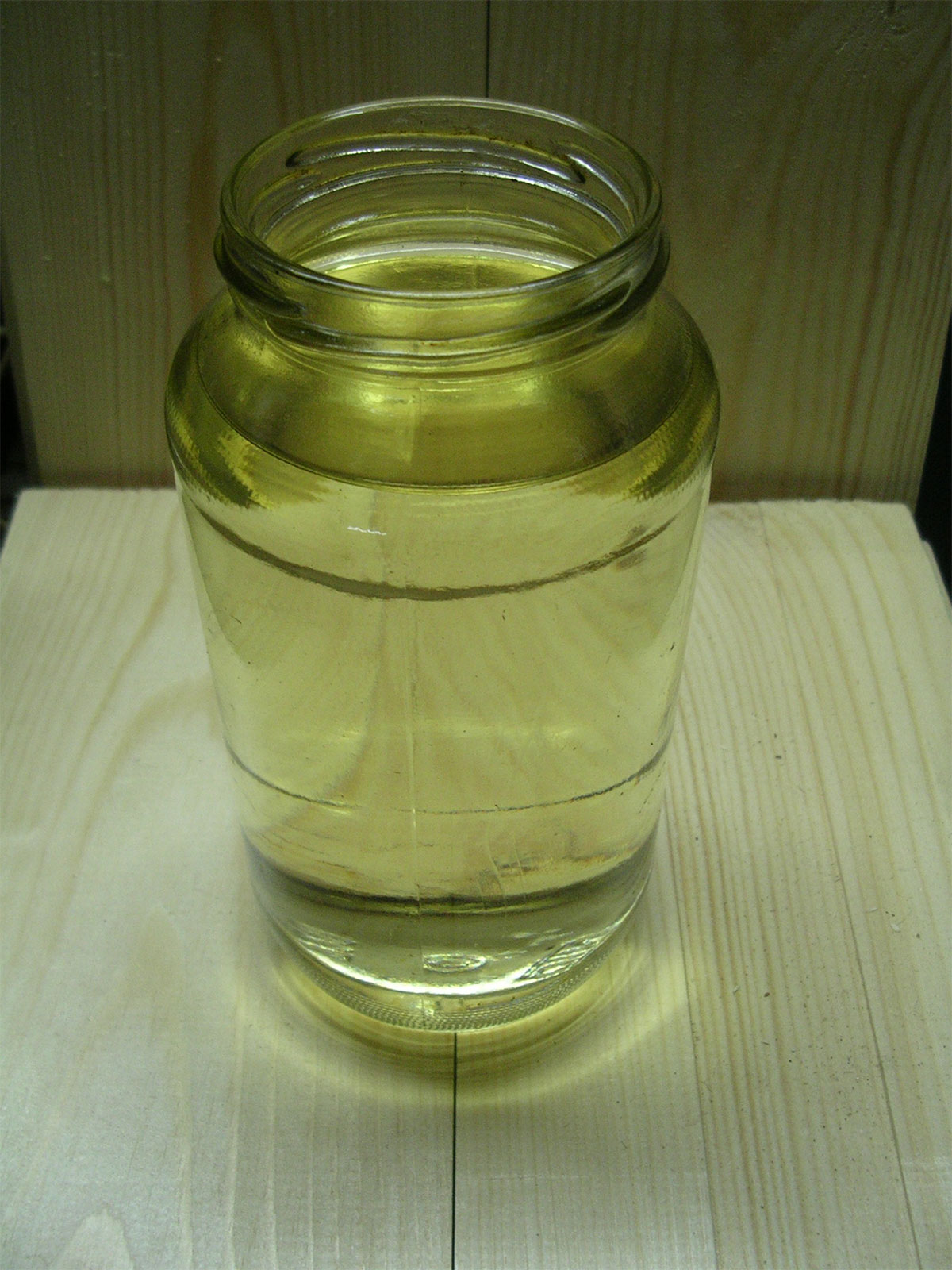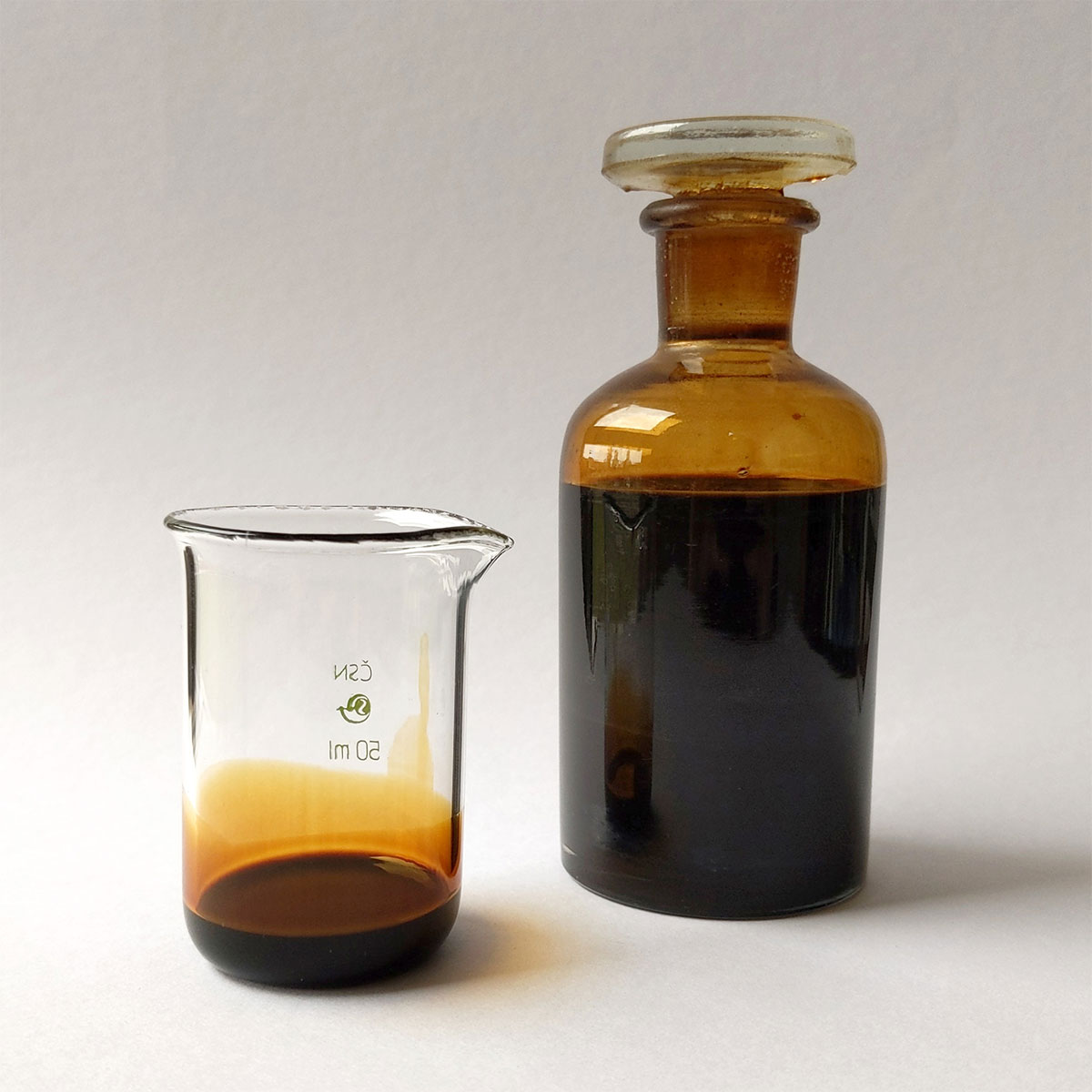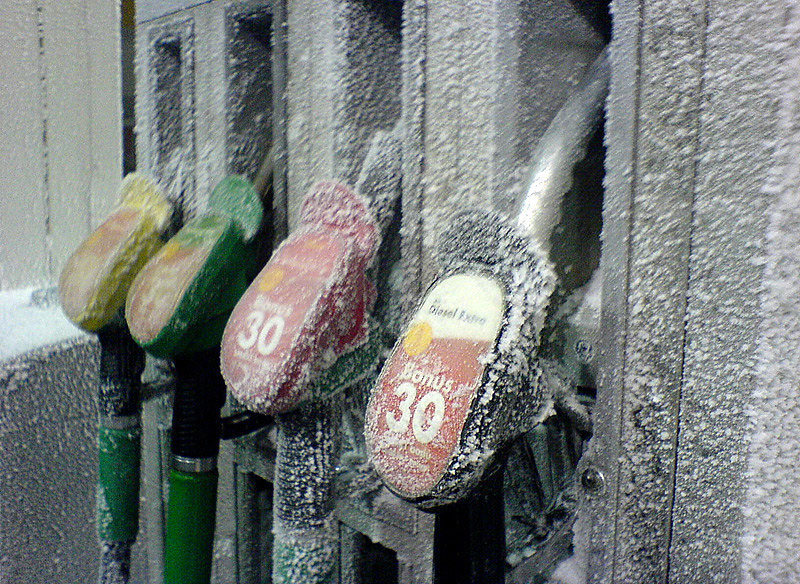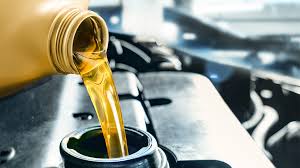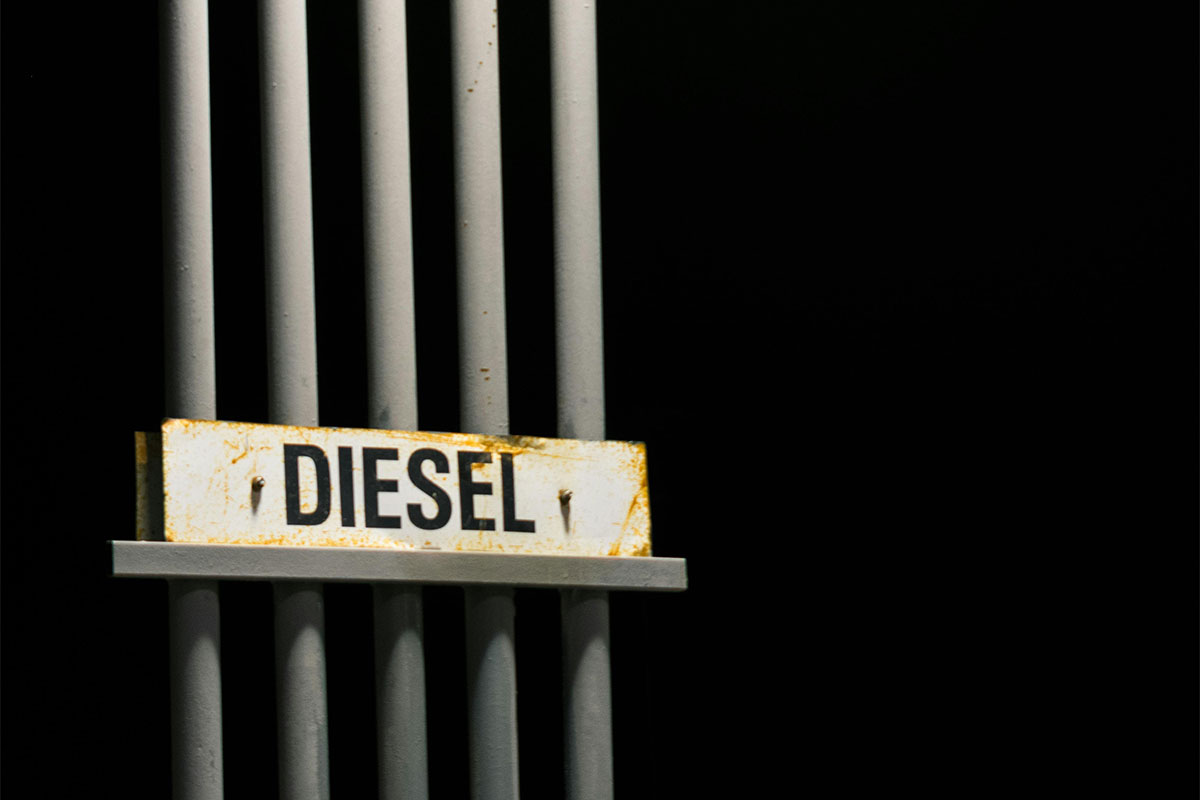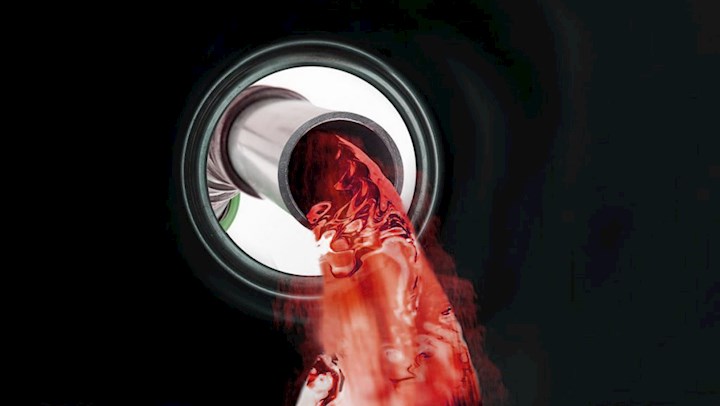Key Takeaways
- Red diesel vs green diesel differ in legality, taxes, and intended use sectors.
- Difference between red and green diesel includes regulation, color, and emissions profile.
- Is red and green diesel the same? No, each has specific legal limitations.
- Always check if diesel is green or red before filling your equipment tank.
Table of Contents
Red Diesel Vs Green Diesel
Red diesel is also known as off road diesel. It is basically diesel that has been earmarked for off road use. It has its own tax context and so it is dyed red to make it easily distinguishable from other fuel types. Green diesel or renewable diesel, is environmentally friendly diesel derived through a process called hydrotreatment of feedstock such as vegetable oil. While red diesel is widely restricted on public roads, green diesel is used in low-emissions fleets.
Make sure to know the difference between red diesel vs green diesel, considering which suits your equipment and to avoid fines while saving on taxes. We at Elan Fuel can accompany you on this journey.
What Is The Difference Between Red And Green Diesel Fuel?
The difference between red and green diesel fuel begins with their source and purpose.To understand these differences, consult the table below
| Feature | Red Diesel | Green Diesel |
|---|---|---|
| Primary Source | Petroleum-based | Hydrogenated vegetable oils (HVO) or animal fats |
| Color/Dye | Red dyed diesel using Solvent Red | Called “green” due to its renewable nature and low emission profile |
| Type | Ultra-Low Sulfur Diesel (ULSD) | Renewable diesel |
| Primary Use | Off-road equipment: agriculture, construction, generators | Sustainable fleets, municipal vehicles |
| Legal Road Use | Illegal on public roads in most regions | Varies—may be legal if it meets renewable fuel standards |
| Environmental Impact | Higher emissions relative to green diesel | Lower emissions; cleaner burning |
| Interchangeability | Not interchangeable with green diesel without risking legal or mechanical issues | Not interchangeable with red diesel unless specified and legally permitted |
| Common Misconception Addressed | “Is red and green diesel the same?” No | “Is green diesel the same as red diesel?” Also no, different in use and compliance |
Confused About Red vs Green Diesel Rules?
Using the wrong dyed fuel could lead to fines or engine damage. Learn the legal differences between red and green diesel, and which one your equipment is actually allowed to use.
Differences Between Red, Green, And Regular Diesel Fuel
Regular diesel is clear or straw-colored, intended for public road vehicles and taxed accordingly.
Red diesel is similar in chemical composition like regular diesel and has more or less the same emission profile. However, red diesel is called “red” because it is dyed with a red solvent, it is not taxed, not used on public roads and is reserved for off road use, mostly in agriculture and construction. The red dye is an indication of its special non-taxed status.
Green diesel fuel on the other hand is renewable diesel. It is not obtained from fossil fuels as regular diesel, but through a process called hydrotreatment and involves feedstock such as vegetable oil. It is a cleaner version of diesel, emitting way less impurities. But they all have the same chemical composition. Green diesel is mostly used by fleets which are looking to reduce emission. And benefits from tax exemptions in regions that want to promote cleaner fuel sources.
Can You Use Or Mix Red & Green Diesel Legally?
Mixing red diesel and green diesel is typically not advised. Legally, green diesel vs red diesel serve different purposes and tax statuses. Mechanically, while both may share similar base fuels, their additives and origins differ. If you’re thinking, “Can you use green diesel instead of red?” The answer is generally no. As red diesel is specifically earmarked for off road usage and taxed differently from green diesel. Mixing them can open you up to legal issues, especially if you use the mix to drive on public roads.
Chemically, mixing them isn’t really a problem. They both have the same chemical properties, so blending them is safe and will not cause engine damage. However, it could lead to legal implications.
Thinking of Mixing Red and Green Diesel? Read This First.
While chemically compatible, mixing these fuels can land you in legal trouble if used on public roads. We break down the real risks—before you make a costly mistake.
Can You Mix Dyed Diesel With Regular Diesel?
While technically possible, mixing red diesel or green diesel with regular diesel is highly discouraged. Diesel dyed green or red contains additives and tax markers that can compromise emissions systems in on-road vehicles. Legally, it’s often a crime to dilute taxed and untaxed fuels. If green dyed diesel fuel is unintentionally mixed, it may be flagged in fuel tests and incur penalties. Blending also affects cold-weather behavior and performance. If you accidentally mix dyed with clear diesel, contact your fuel supplier immediately. Understanding the difference between red and green diesel and clear diesel can prevent costly downtime and legal exposure.
What Does Red Diesel Do To An Engine?
When used in approved machinery, red diesel performs similarly to clear diesel.
Using red diesel in engines not designed for it can cause soot buildup or trigger sensor issues. Over time, components like injectors or DPF systems may degrade. The red dye itself doesn’t harm engines but signals regulators if misused.

What Is Red Diesel Used For And Who Can Buy It?
Red diesel is restricted to non-road applications. It’s used in farming, construction, mining, and backup generators. Eligible users must be licensed and follow strict reporting. Buying red dyed diesel without proper documentation may result in legal action. If you’re wondering “What’s the difference between red diesel and green?”, it often comes down to application: red is off-road; green may be renewable or tax-exempt. Red and green diesel are never interchangeable without risk.
Need legal delivery? Contact us at Elan Fuels for licensed red diesel sourcing and support.
Can You Drive On Public Roads Using Red Diesel?
Using red diesel on public roads is illegal in most countries. Enforcement agencies perform roadside checks by sampling tanks for dye traces. Fines for misuse are steep and often exceed the cost of regular fuel. Some emergency or agricultural exemptions exist, but they’re rare.
Misuse of red dyed diesel can lead to vehicle impoundment. Always confirm regulations in your state or country before using red diesel on public highways.
Need Diesel for Off-Road or Fleet Use? We’ve Got You Covered.
Whether you need tax-exempt red diesel or clean-burning renewable green diesel, we’ll guide you to the right fuel type for your operation—and ensure full compliance.
Can You Use Red Diesel Legally In The US?
In the U.S., red diesel is legal only for off-road use. Federal rules prohibit it on public roads. Certain states allow specific exceptions, such as for farming or municipal vehicles. The IRS oversees enforcement and may inspect tanks during audits. Misuse leads to fines and tax penalties. If you’re confused whether red or green diesel is acceptable, consult your local laws. Red and green diesel fuel differ widely in how they’re regulated. Some U.S. states also use green diesel dye to signify tax-exempt fuels. Make sure you always verify what’s legal before refueling.
Why Can You Not Use Green Diesel In Certain Cases?
While green diesel is often cleaner and renewable, it may not suit all engines. Older vehicles or certain marine engines may suffer compatibility issues due to different cetane ratings or solvent properties.
What Are The Disadvantages Of Green Diesel?
While green diesel has environmental appeal, it’s often costlier and has limited availability.
Cold weather performance may vary, and some users report shorter shelf life. Also, green dyed diesel fuel may degrade rubber hoses in older systems.
Also, storing green diesel requires dedicated tanks. Before switching fuels, compare total cost of ownership, availability, and service intervals. Even with benefits, it is better to consider several parameters before switching to green diesel.
Why Do People Use Green Diesel?
Green diesel is increasingly growing popular in regions where the governments are pushing for cleaner fuel and lower emissions. Where there is a push for sustainability, green diesel is very likely to be used.
Green diesel is also considered a drop-in fuel for regular diesel, so it is compatible with almost all diesel engines and requires no blending if you want to switch to it. It has a very low pour point and so is less likely to gel in cold weather than other fuel types. Green diesel doesn’t have any oxygen content, making it easier to store for long without degradation.
What Is Another Name For Green Diesel?
Green diesel is also referred to as renewable diesel or HVO (Hydrotreated Vegetable Oil).
Don’t confuse it with biodiesel blends (B20, B100), which differ chemically.
Dyed fuels are usually used to demarcate use, purpose and tax profile. Their uses vary in different regions and countries.
How Diesel Fuel Colors Indicate Usage And Legality
Fuel color plays a key role in regulation. Red dyed in diesel is used to demarcate it for its off-road use and taxed differentiation. Other types of color-coded fuels exist like blue kerosene.
The dye in red diesel doesn’t affect its chemical composition but, it is used in the following ways
- Legal demarcation: Many governments around the world have some industries that they want to promote growth in, such as agriculture and construction. For these industries that have high fuel demands, red dye in diesel is added to indicate that the fuel they use is tax exempt, making it cheaper to acquire.
- Road access: There is a difference between which fuel is permitted to be used on roads. Red dyed diesel isn’t permitted on roads as it isn’t taxed. The red dye helps authorities easily spot violations and violators of these road access regulations.
What Is Red Diesel And What Does It Look Like?
Red diesel has a deep red hue thanks to a dye called Solvent Red 26 or 164. This helps distinguish it from taxable fuels during inspections.
Essentially, it is the same as regular diesel, only difference is the red dye added to demarcate it for its usage profile. It looks oily, has a strong diesel odor, will stain tanks or containers and can leave a residue on the road after usage.
To recognize diesel that hasn’t been properly dyed, you’ll notice that the red is faint and can easily be missed. And in case the diesel has a rancid odor, then it is degrading.
What Is Dyed ULSD Fuel?
First things first, ULSD refers to ultra low sulfur diesel. This refers to fuel that has gone through a process of hydrotreatment, using hydrogen to break down sulfur in diesel to hydrogen sulphide and remove it, thus reducing the sulphur content.
In 2006, the EPA mandated that all the diesel sold in the US should have a maximum sulphur content of 15 parts per million (15PPM). So all diesel in the US now is USLD. Now dyed ULSD simply refers to USLD that has been dyed to demarcate its tax profile and legal use.
Types Of Dyed Diesel Used In Industry
Dye is added to diesel to demarcate its purpose, tax profile and usages in industry, the most common dyed diesel is red diesel
Red diesel demarcates itself for its tax exemption, off road nature and its usage in specified industries such as agricultural industry and the construction industry.
There is also blue diesel. In the US, blue diesel is used in US government vehicles. The blue dye demarcates it from off road red diesel and also from the regular clear diesel used by regular vehicles. Its chemical composition is essentially the same as regular diesel.
Misidentification of these diesels and wrong usage will open you up to legal trouble.
Difference Between Diesel 1 And Diesel 2 Explained
If you’re seeking to understand the differences between Diesel 1 and Diesel 2, the table below can help.
| Feature | Diesel 1 | Diesel 2 |
|---|---|---|
| Volatility | Higher volatility and ignites more easily | More stable |
| Cold Weather Performance | Resists gelling in low temperatures | More likely to gel |
| Energy Content | Lower energy per gallon | Higher energy per gallon |
| Common Usage | Arctic conditions, aviation, or extreme climates | General transportation, heavy-duty vehicles |
| Cost | More expensive | Less expensive |
| Presence in Dyed Fuels | May be used in green dyed diesel for clean burning | Often used in red dyed diesel for off-road use |
Always verify to make sure what you’re using fits your needs.

